The first smartphones were not the “monsters” of photography as they are today. While most of the flagship models on the market today have extremely high-quality cameras with many unique features and impressive photography capabilities.
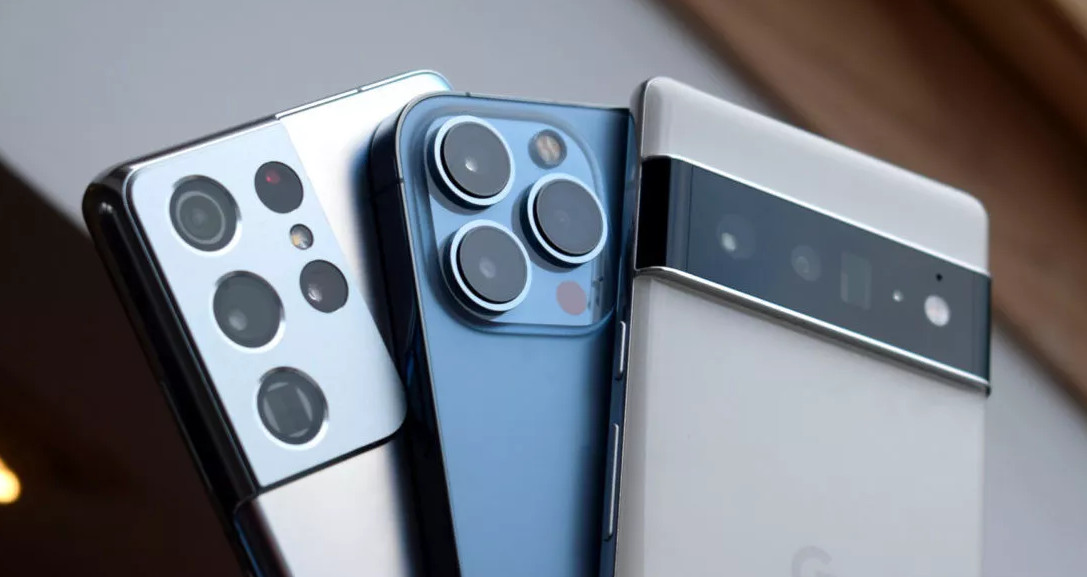
While algorithmic photography is receiving a lot of attention, the large sensor is still an indispensable factor when it comes to a smartphone capable of taking beautiful and quality photos.
Why is sensor size important?
For many years, most users were only interested in the resolution of the camera or the number of dots that manufacturers announced to “estimate” the so-called image quality.
These are important and reliable indicators in the early years of smartphone camera development. In the 2000s, a 5MP camera would certainly deliver better image quality than a VGA camera.
However, now that the technology gap is gradually being closed, the evaluation of the effectiveness of taking photos from the camera is no longer based solely on resolution. We have seen smartphones with only 12MP and 16MP cameras, but still produce better and better photos than machines with 108MP cameras.
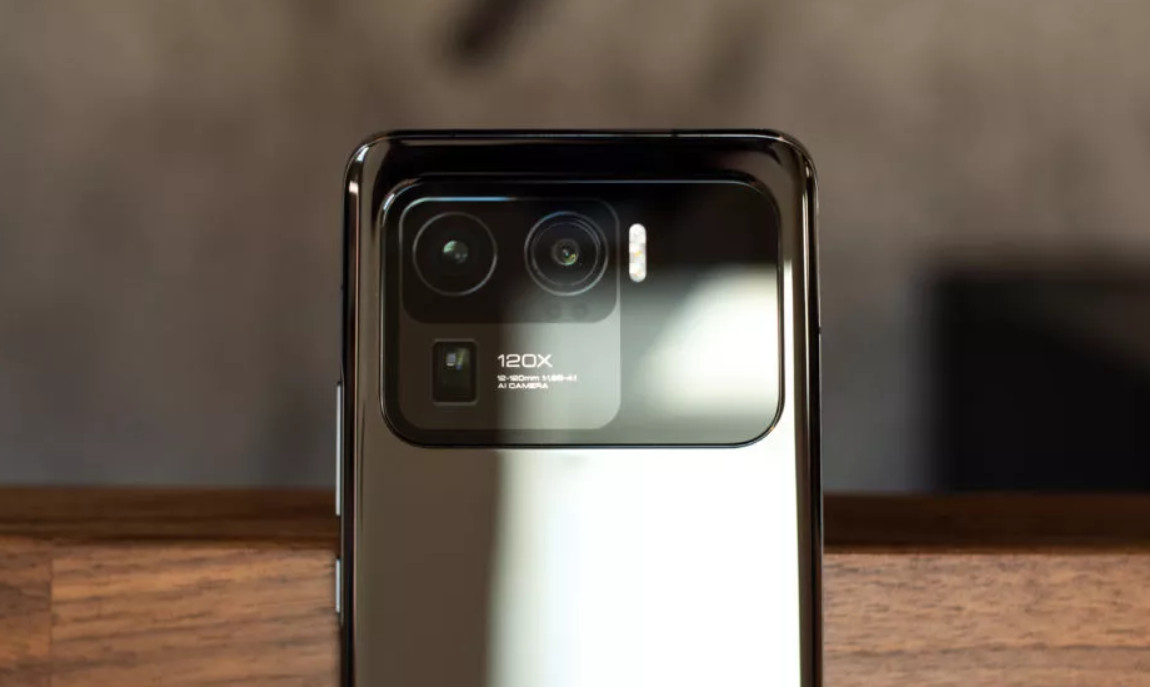
Increasing the resolution now doesn’t bring the noticeable improvements it used to. Many mid-range smartphones feature super high-resolution cameras, but the results are significantly worse than a DSLR or mirrorless camera with a lower dot. The reason is quite understandable because smartphones are only equipped with small image sensors due to space constraints. Therefore, the resulting image will certainly not be “detailed” with images taken from a larger sensor even if the number of dots on the smartphone camera is more.
Simply put, a smaller image sensor captures less light. This results in poorer image quality, especially in low-light situations.
Conversely, larger sensors will support wider dynamic range and better exposure without resorting to alternatives like increasing ISO or increasing digital sharpness. A larger sensor is obviously a prerequisite for a quality photo.
So with the advantages of large sensors, it is not surprising that we see smartphone manufacturers focusing on improving sensor sizes year by year. In the past, many companies have done this early with products like Sony Ericsson Satio and Samsung Pixon 12, but it is not until now that companies pay more attention to sensor size.
Nokia N8 and 808 PureView: Smartphone sensor first large size
The Nokia N8 and 808 PureView released in the early 2010s were smartphones with super-massive image sensors at the time. With 12MP resolution and a 1/1.83-inch sensor size, the Nokia N8 has even better specs than the point-and-shoot camera released in 2010.
At the same time, Samsung’s Galaxy S3 only had a significantly smaller 1/3-inch sensor. Meanwhile, the sensor of the iPhone 5 is even smaller with a size of only 1/3.2 inch. Indeed, the standard for smartphones at that time was to have a sensor as small as 1cm. The one-inch sensor is exclusive to DSLRs and professional cameras.
That shows how Nokia was ahead of its time.
Although the N8 was ahead of many competitors, Nokia didn’t stop there. In 2012, the company added the Nokia 808 PureView. This machine is equipped with a 41MP sensor with a size of 1/1.2 inch even larger.
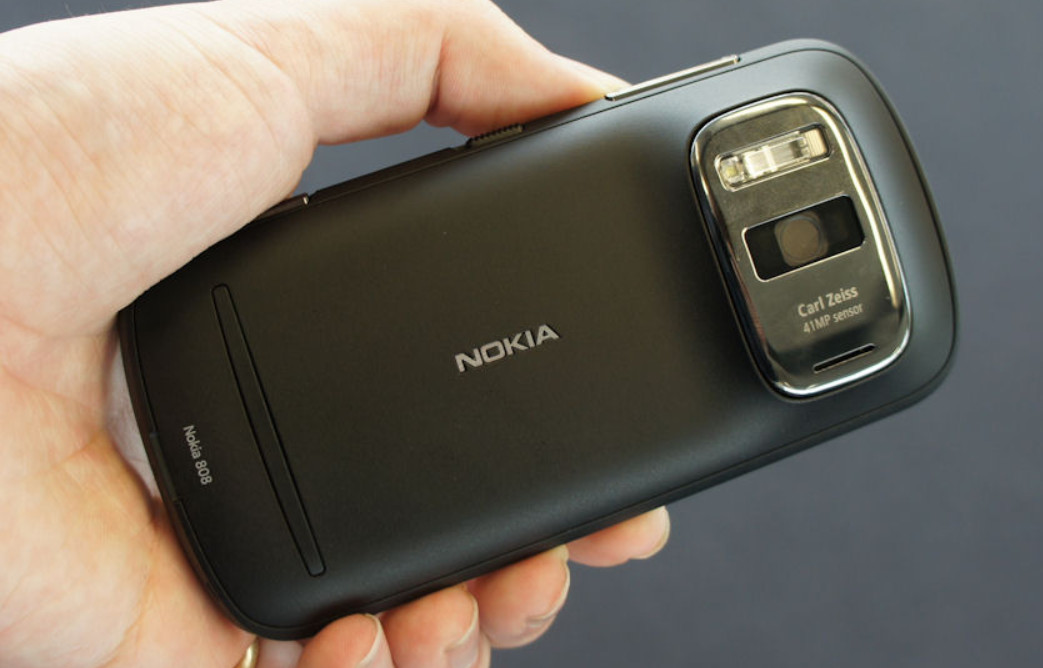
Advances in processing power also allow the machine to handle oversampling better, including combining neighboring pixels into a single pixel, helping to increase light sensitivity.
Currently on some smartphones there is a similar technology called pixel binning. It can be seen that Nokia at that time was far ahead of its competitors. Just because Nokia chose the wrong strategy led to an unexpected ending.
Large camera sensor on smartphone over the years
Although Nokia 808 PureView is a technical breakthrough, the smartphone industry has not paid much attention to this technology until now.
A prominent exception is the camera cum smartphone called Panasonic Lumix Smart Camera CM1 released in 2014. The machine is equipped with an even larger 1-inch sensor. However, it had to pay a price because the design was too cumbersome compared to Android smartphone models at that time.
However, in the mainstream segment, improvements in sensor sizes did not appear until the late 2010s. Most manufacturers continue to release smartphones with sensor sizes ranging from 1/3 to 1. /2 inches.
Even Samsung’s camera-centric smartphones like the Galaxy S4 Zoom and Galaxy K Zoom have only 1/2.3-inch sensors, which is quite small by modern standards. Indeed, as recently as the Galaxy S10 and Pixel 5 series, approximately 1/2.5-inch sensors have been the norm.
Chinese brands like Huawei and Xiaomi have finally crossed the 1/2 inch threshold. Huawei Mate 20 Pro launched in 2018 has a 1/1.7-inch sensor. Combined with its large f/1.8 aperture, Huawei’s smartphone delivers better nighttime image quality than most of its competitors. In fact, the Mate 20 Pro’s increased light-gathering capabilities allow it to compete with the Night Sight feature on the Pixel using Google’s algorithm.
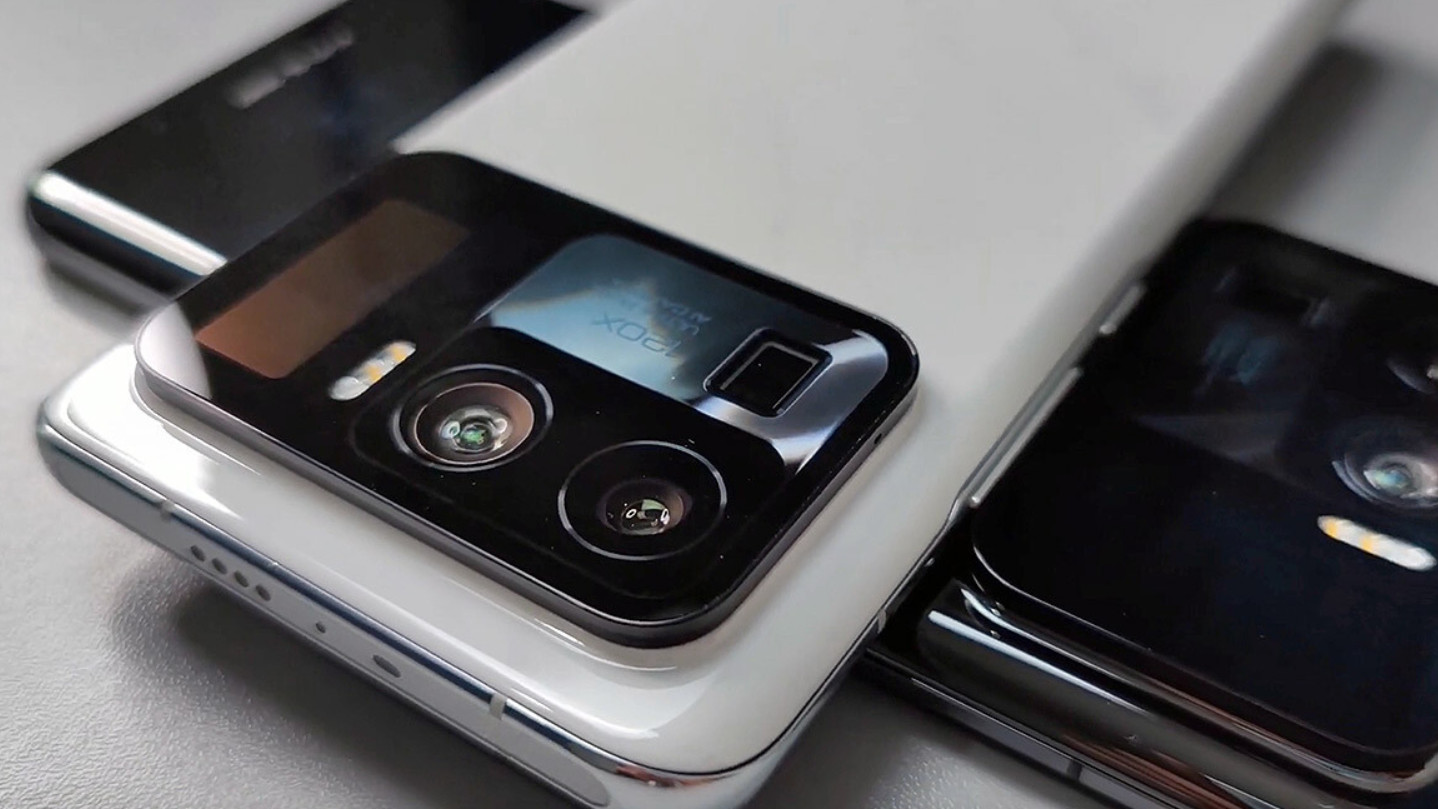
A decade later, the Xiaomi Mi 11 Ultra has finally surpassed the giant sensor of the Nokia 808 PureView.
By 2020, most high-end smartphones including the Oppo Find X2 Pro and Samsung Galaxy S21 Ultra will use sensors that are at least 1/1.5-inch in size. A year later, Xiaomi Mi 11 Ultra equipped with a 1/1.12-inch sensor, thereby officially breaking the record of Nokia 808 PureView and heralding the beginning of an era of large image sensors.
What is the future of smartphone sensors?
Smartphones with large image sensors are gradually becoming popular in 2022. This is especially true in the high-end smartphone segment.
In 2021, the Pixel 6 switched to a 1/1.31-inch primary sensor, leapfrogging the competition. Meanwhile, the iPhone 13 has switched to a 1/1.9-inch sensor, which is significantly larger than the 1/2.55-inch sensor of previous iPhone generations.
Of course, a smartphone with a larger image sensor will have to trade off with the camera cluster will look a bit protruding and a few other problems.
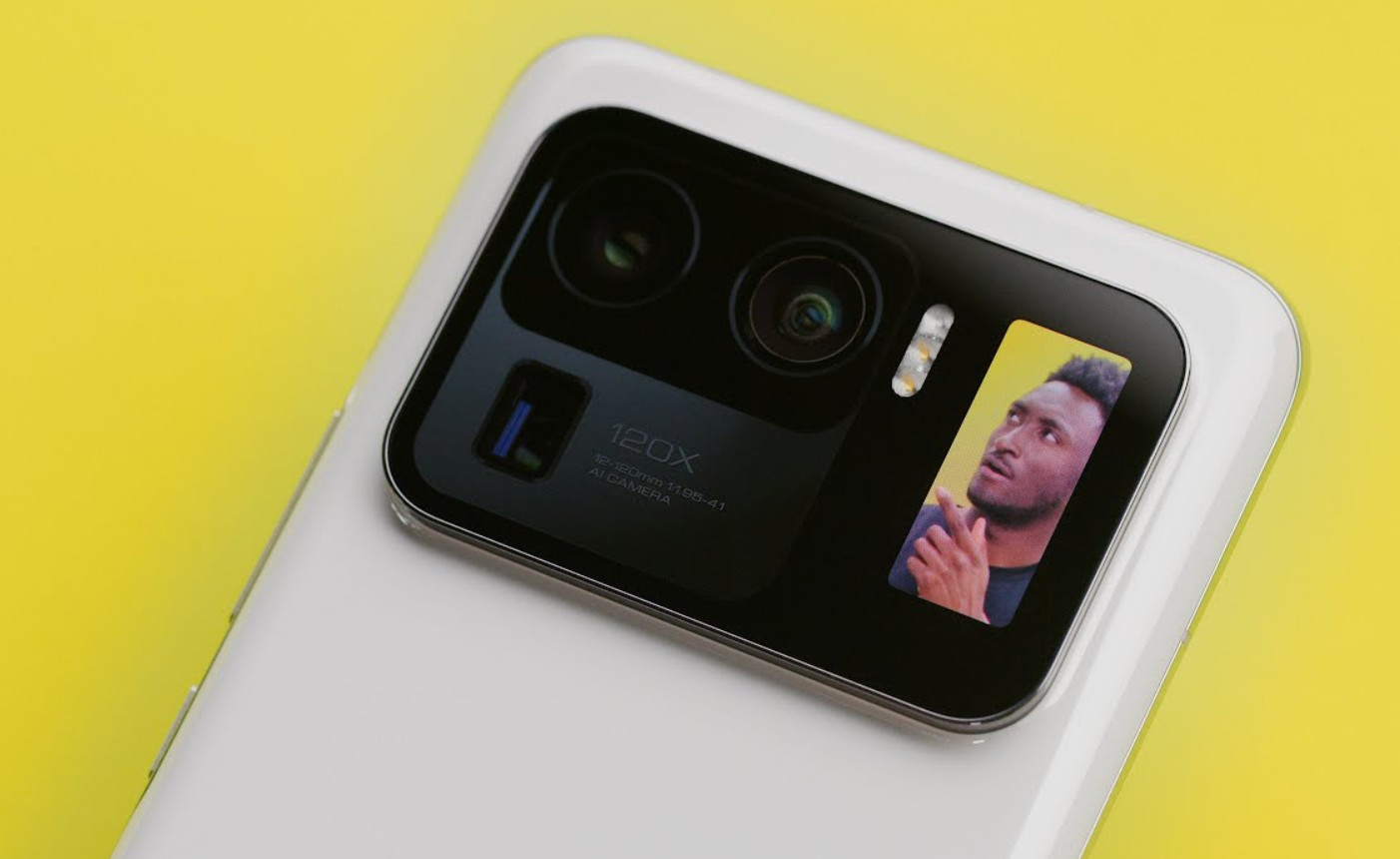
For example, Sony’s Xperia Pro-I has a nominal 1-inch sensor. However, the limited size of the smartphone meant that Sony could only fit a lens large enough to take advantage of about 60% of the sensor. Finally, the Xperia Pro-I has the same light-gathering capabilities as the iPhone 13 or Pixel 6, albeit with the announced very large sensor. Xiaomi then overcame this limitation with a large camera on the Mi 11 Ultra.
For this reason, most smartphones won’t soon feature sensors larger than 1 inch. We have heard many rumors about the 1/1.1-inch sensor manufactured by Sony and expected to launch with the Xiaomi 12 Ultra at the end of 2022.
In general, sensor size is now one of the factors that make up the quality of a machine with a good camera. Surely no smartphone company will want to stay out of this game.
Therefore, the technology world is waiting for more and more quality upgrades of the camera, for example improvements that help reduce the size of the occupied space of the sensor but still keep the original sensor size.
Refer to Androidauthority
